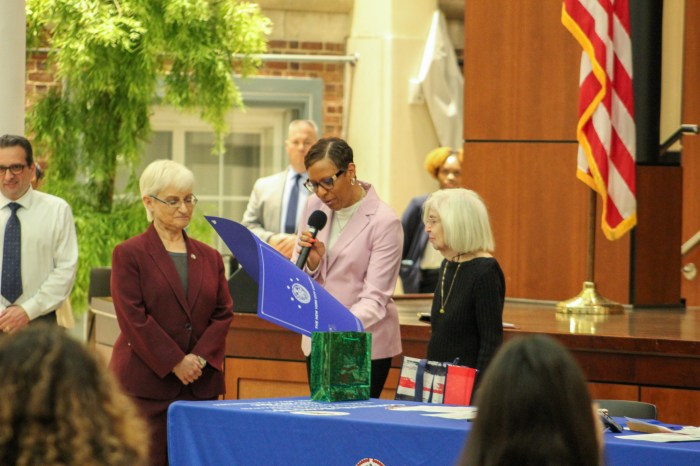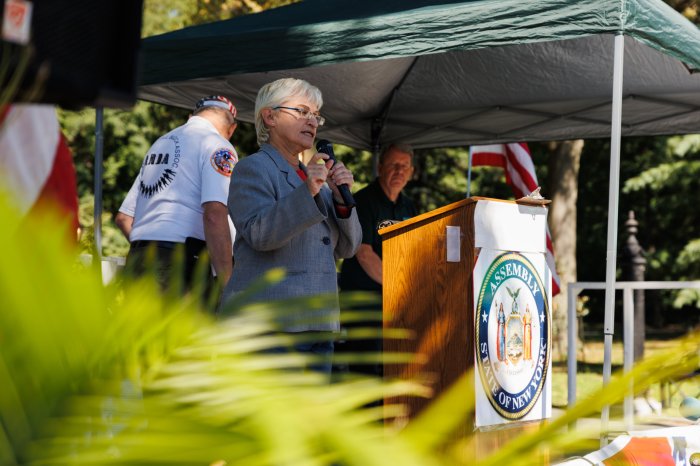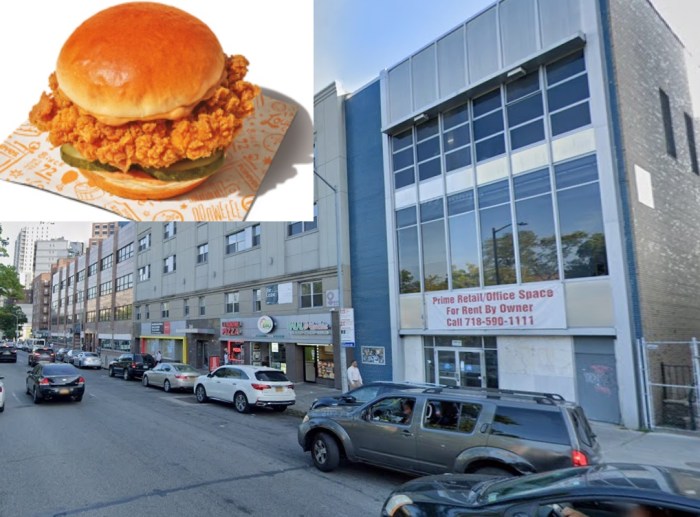By The Greater Astoria Historical Society
It is April 1946. A few weeks before, former British Prime Minister Winston Churchill gave an address at Westminster College in Fulton, Mo., where he sounded the warning that an “iron curtain” of Soviet domination had descended across Eastern Europe.
Many Americans were shocked by Churchill’s statement because they had been encouraged to think of the Soviet Union as an ally with a government that was not that much different from FDR’s New Deal programs.
But mistrust had been developing between the United States and Soviet Union before the end of the war, and the stark differences between the two nations’ systems of government would soon bring on the Cold War.
No year before or since 1946 saw so many strikes, such a large percentage of people on strike or so many industries affected by strikes. The root of this labor unrest was the “no strike pledge” most unions took during the war.
l
1946 also saw the beginnings of an 18-year period of youth population increase known as the “Baby Boom” that would be accompanied by a post-war housing construction boom.
This was the time that saw the creation of planned communities for returning G.I.s and their families, such as Levittown in Nassau County, named for developer William Levitt, who was considered by many to be the father of modern suburbia.
But for the time being it would be necessary to make temporary arrangements for returning vets. Page 1 of the April 10’s Star-Journal had a banner headline reporting that 4,500 veterans and their families would be able to move into three Queens G.I. emergency housing colonies before the end of August.
These were the Melbourne Houses, which would have approximately 456 units on city-owned land next to Queens College in Flushing; the Arrowbrook Houses, accommodating 1,476 families, which would be built on a former golf club site in Kew Gardens Hills, north of the Grand Central Parkway; and the Northern Boulevard Houses, to be constructed on the Holmes Airport site in Jackson Heights, which would provide for 2,520 families.
l
The following day, on Page 1 the Star-Journal announced that the United Nations Security Council had selected the 1939 World’s Fair grounds at Flushing Meadow Park as the location where the General Assembly would meet, while the Sperry Gyroscope building in Lake Success, L.I., just over the Queens-Nassau border, would house the U.N.’s administrative buildings.
Finally, as the month drew to a close, Page 1 of the April 22’s Star-Journal had several photos showing the immense crowds that had shown up for the previous day’s Easter Sunday services throughout Queens.
The paper noted, “Under sunny skies thousands of Queens residents thronged the streets yesterday and jammed churches of all denominations in observance of the first peacetime Easter in four years.”


































